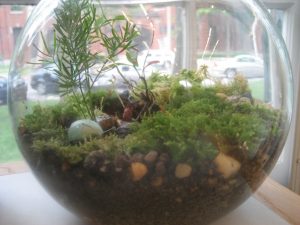Last Updated on February 28, 2024 by teamobn

Gardening is a fun activity until you wake up the next day with a sore back. All those stooping, bending, and crouching can take their toll. However, if you aren’t willing to let go of gardening, you can find ways to make it easier for you. Instead of going to the ground, bring the ground closer to you.
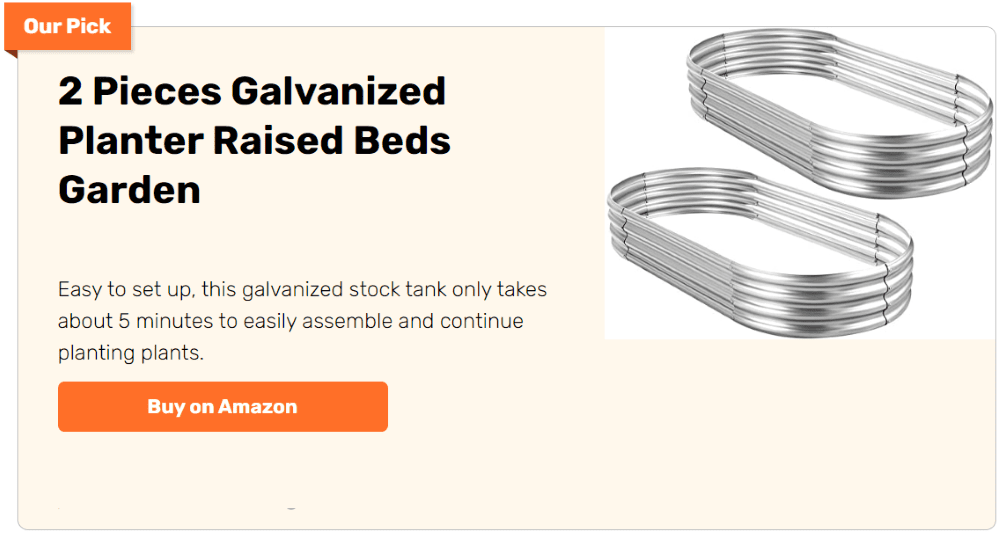
Raised garden beds are a good idea. Not only do they serve a functional purpose, but it also works aesthetically as well. You can use different materials to make raised garden beds, but here’s an easy one for you – roofing sheet metal! They’re easily available and you can have them pre-cut according to your needs.
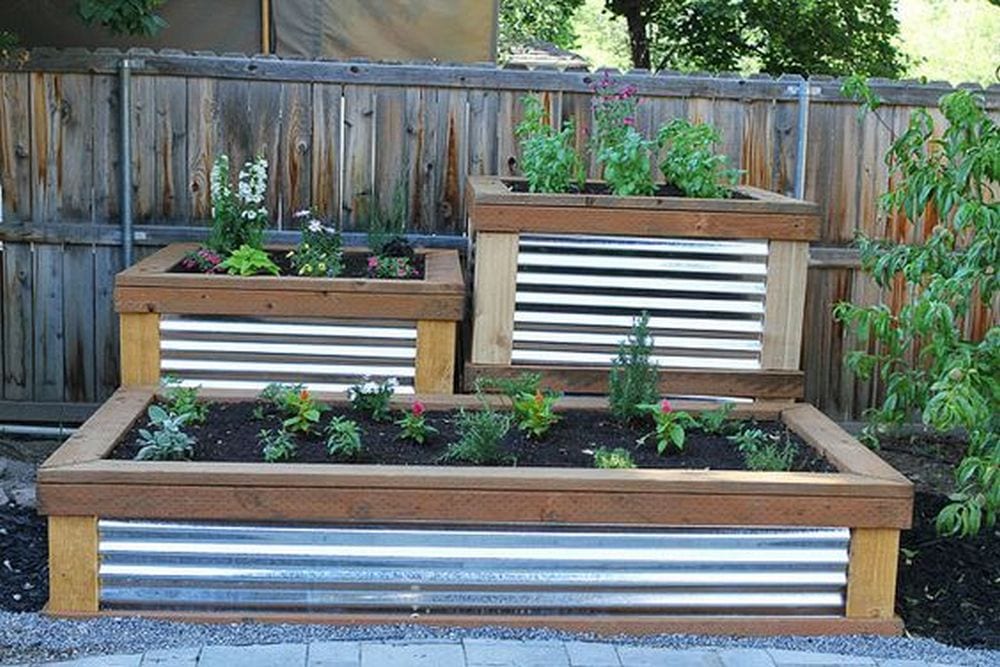
4 Fundamentals of Building a DIY Roofing Sheet Metal Raised Garden Bed
Contents
- 1 4 Fundamentals of Building a DIY Roofing Sheet Metal Raised Garden Bed
- 1.1 1. Materials and Tools for Crafting a DIY Roofing Sheet Metal Raised Garden Bed
- 1.2 2. Step on How to Make Your Own DIY Roofing Sheet Metal Raised Garden Bed
- 1.3 3. Extra Tips and Techniques for Building Your Own DIY Roofing Sheet Metal Raised Garden Bed
- 1.4 4. Advantages of Creating Your Roofing Sheet Metal Raised Garden Bed
- 2 Maintaining a Roofing Sheet Metal Raised Garden Bed
- 3 Crafting Your DIY Roofing Sheet Metal Raised Garden Bed Made Simple!
- 4 Frequently Asked Questions
If you’re eager to create your oasis and embrace the joys of growing your plants, then building a DIY roofing sheet metal raised garden bed is the perfect project for you. In this guide, explore the four key fundamentals that will empower you to construct a sturdy and visually appealing garden bed using sheet metal.
From understanding the necessary materials and tools to mastering the construction techniques, you’ll gain the knowledge and confidence needed to embark on this fulfilling journey.
So, dive in and unlock the secrets to building a DIY roofing sheet metal raised garden bed that will elevate your gardening experience to new heights.
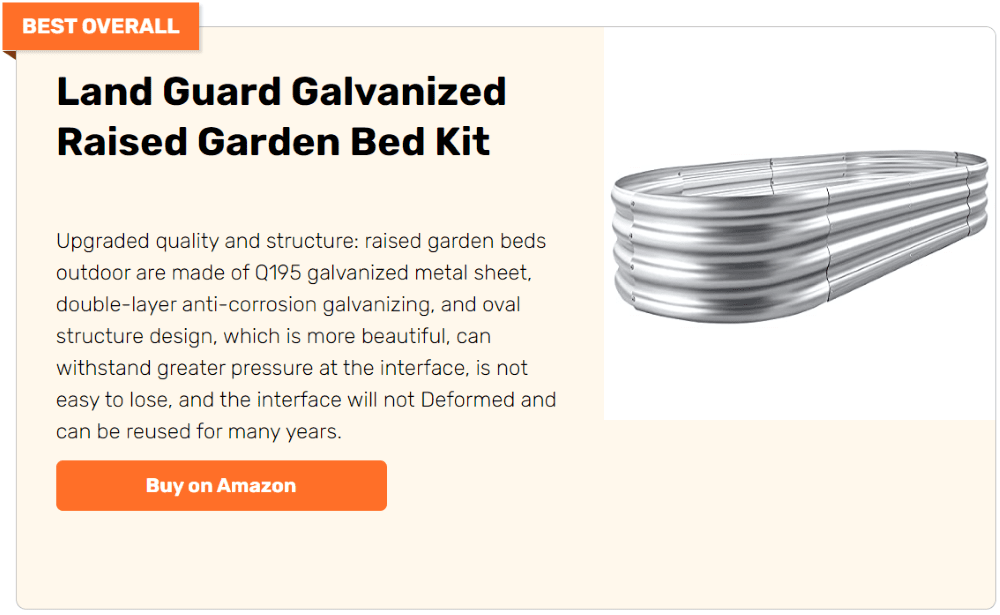
1. Materials and Tools for Crafting a DIY Roofing Sheet Metal Raised Garden Bed
When embarking on the construction of your own DIY roofing sheet metal raised garden bed, there are several key requirements to ensure a successful and satisfying project. These requirements include:
- Corrugated sheet metal
- Galvanized screws
- Drain pipe
- Garden soil
- Power drill
- Skill saw with metal cutting blade
Click on any image to start the lightbox display. Use your Esc key to close the lightbox.



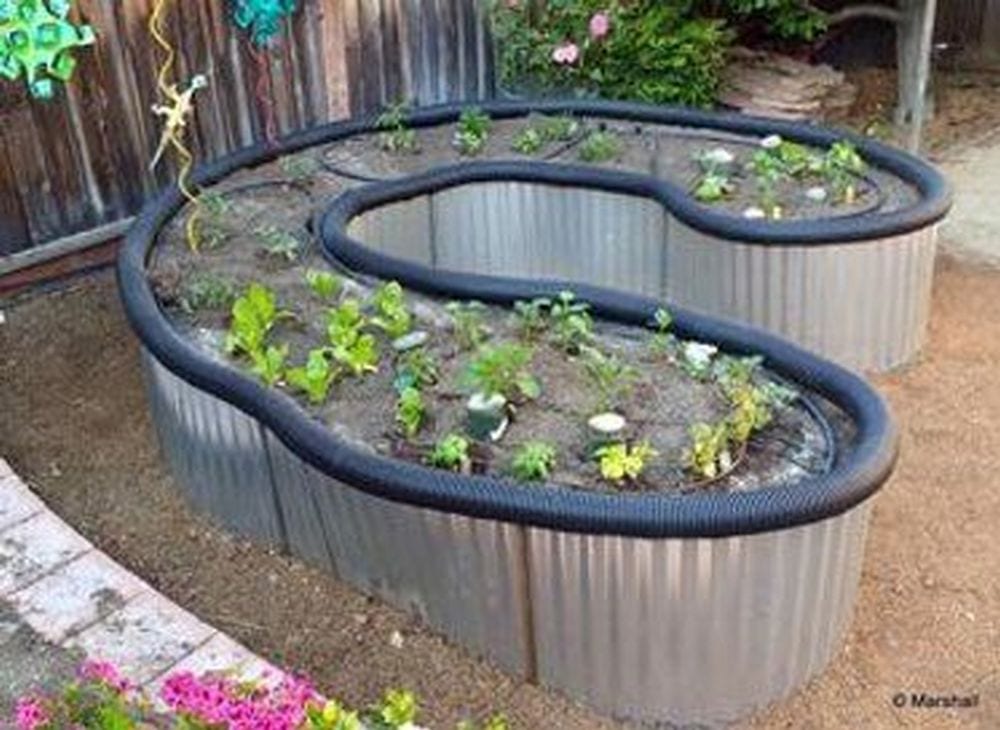

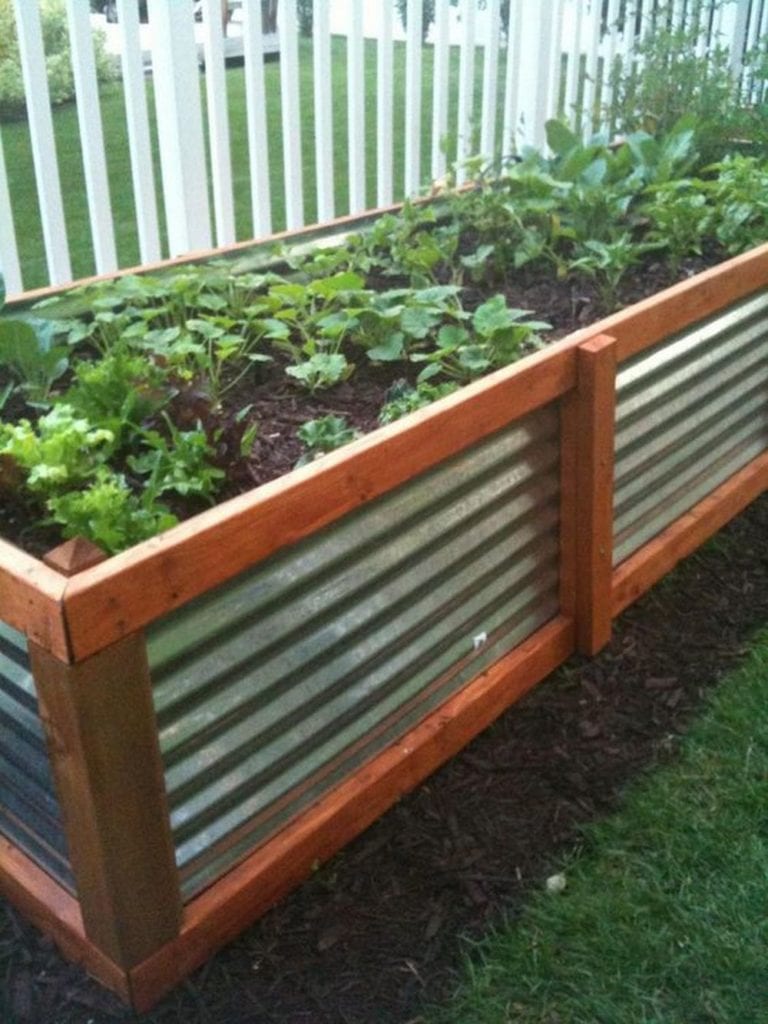
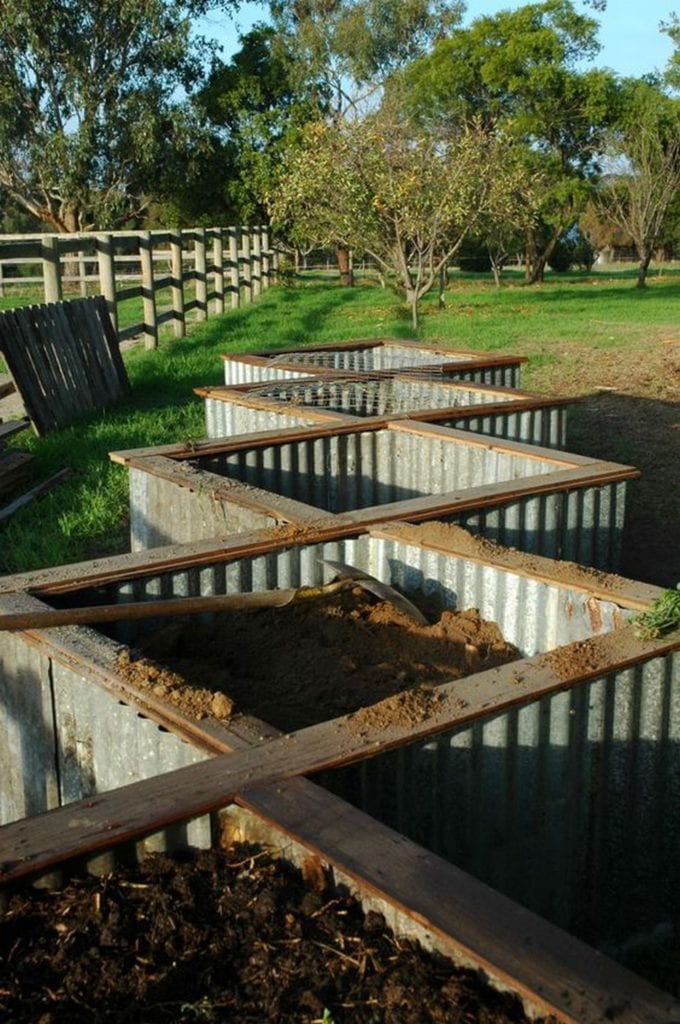
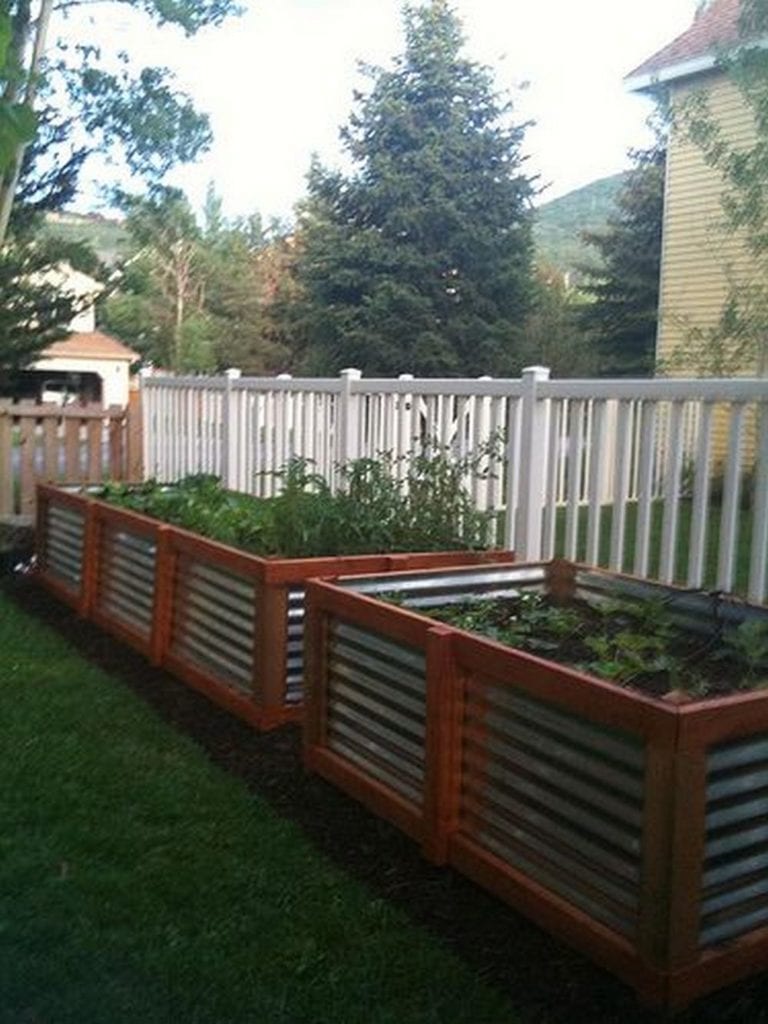

2. Step on How to Make Your Own DIY Roofing Sheet Metal Raised Garden Bed
If you want to learn how to make a DIY roofing sheet metal raised garden bed with ease, check out the video below.
3. Extra Tips and Techniques for Building Your Own DIY Roofing Sheet Metal Raised Garden Bed
Here are additional valuable tips to further enhance your experience when creating your DIY roofing sheet metal raised garden bed using roofing sheet metal. By expanding your understanding and skills, you can create a sheet metal raised garden bed that surpasses your expectations.
Consider Insulation
If you live in an area with extreme temperatures, you may want to consider insulating the sheet metal walls of your raised bed. This can be achieved by adding a layer of foam insulation board on the inner side of the metal walls. Insulation helps regulate the soil temperature, protecting your plants from excessive heat or cold.
Explore Decorative Accents
Enhance the visual appeal of your sheet metal raised garden bed by adding decorative accents. Paint the metal with weather-resistant paint in your preferred colour, or use stencils to create artistic designs. You can also attach decorative metalwork, such as ornate corners or motifs, to add a touch of personality and charm to your garden bed.
Opt for Removable Covers
If you face challenges such as pests, and extreme weather conditions, or want to extend your growing season, consider incorporating removable covers for your raised bed. This can be achieved by creating a framework of metal or PVC pipes that can support a removable cover made of plastic, netting, or fabric. Removable covers protect while still allowing access to care and maintenance.
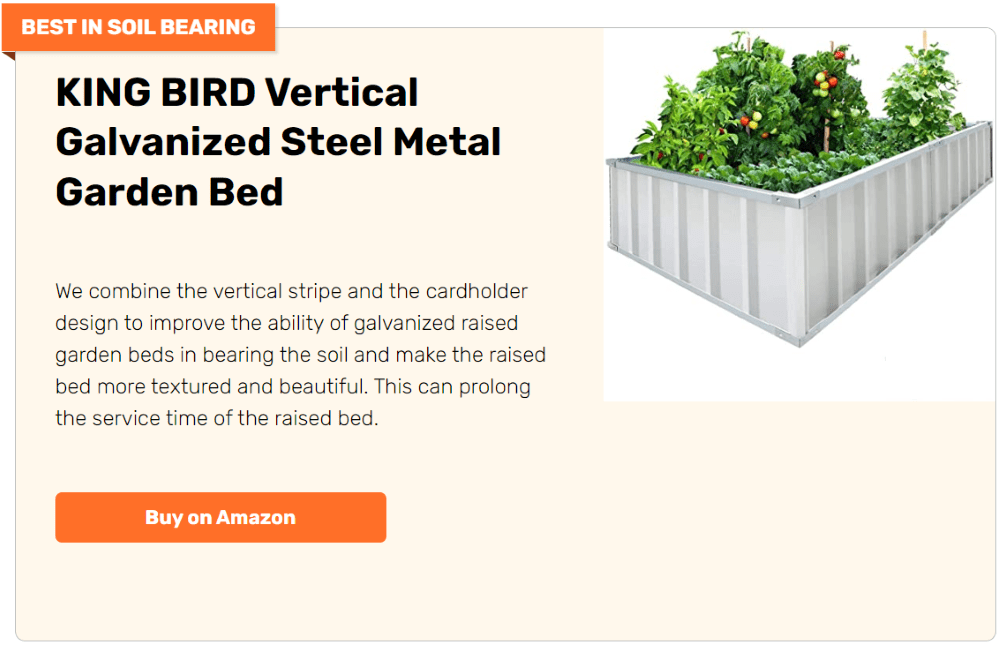
Maintain Regular Cleaning
Over time, debris, leaves, and plant residue may accumulate within your raised bed. Consistently clean and remove any debris to prevent pest infestations and maintain a healthy gardening environment. Clean the sheet metal surfaces using a mild soap solution or vinegar and water mixture, rinsing thoroughly to remove any residue.
By following these tips, you’ll be well-equipped to create a sturdy, functional, and aesthetically pleasing roofing sheet metal raised garden bed. Enjoy the process and the bountiful rewards of your DIY gardening endeavour.
4. Advantages of Creating Your Roofing Sheet Metal Raised Garden Bed
There are numerous compelling reasons why embarking on the journey of creating your DIY roofing sheet metal raised garden beds can be highly advantageous. By understanding the benefits of getting into this creative and practical endeavour, you can enhance your gardening experience and yield fruitful results.
Cost-effective
Creating your DIY roofing sheet metal raised garden beds using sheet metal can be more cost-effective compared to purchasing pre-made ones. By sourcing the materials and constructing them yourself, you can save money on labour and potentially find affordable sheet metal options.
Additionally, by taking on the construction process yourself, you bypass the need to pay for professional labour. With a bit of research, preparation, and effort, you can develop the necessary skills to assemble the raised garden beds independently.
This not only eliminates the expense associated with hiring someone else but also provides a sense of accomplishment and satisfaction as you witness your creation come to life.
Customization

DIY projects allow you to tailor the design and dimensions of the raised beds to fit your specific needs and available space. You can customize the height, width, and length to maximize the efficiency of your garden layout and accommodate any limitations or preferences you may have.
Whether you have a compact urban garden or a sprawling backyard, customizing the dimensions of your roofing sheet metal raised beds allows you to maximize the planting area while still leaving ample room for pathways and other features.
Additionally, the ability to adjust the height of the raised beds grants you additional flexibility. If you have physical limitations or prefer not to bend over for extended periods, raising the bed to a comfortable height can alleviate strain on your back and knees.
It also facilitates easier access for tending to your plants, watering, and harvesting, making the gardening experience more enjoyable and convenient.
Creative Freedom
Making your own raised garden beds provides an opportunity for creativity. You can experiment with different shapes, patterns, and decorative elements to match your style and enhance the aesthetic appeal of your garden.
Whether you prefer straight lines and clean edges for a modern look or curves and intricate patterns for a more whimsical feel, the flexibility of sheet metal enables you to bring your creative vision to life. With its adaptable nature, sheet metal becomes a medium for self-expression and the manifestation of your unique style in your DIY raised garden beds.
Allow your creativity to flourish as you sculpt and shape the metal, creating a garden space that truly reflects your personality and artistic sensibilities.
Skill Development
DIY projects offer a chance to learn new skills and expand your knowledge. Building your roofing sheet metal raised garden beds allows you to gain experience in metalworking techniques, such as cutting, shaping, and joining metal materials.
Working with sheet metal provides a gateway to explore the art of metal craftsmanship and acquire skills that can be valuable for your future projects and foster a sense of accomplishment.
Sustainability
DIY projects often promote sustainability by reducing waste and promoting resourcefulness. By repurposing or upcycling sheet metal, you can contribute to a more eco-friendly approach to gardening. Additionally, homemade DIY roofing sheet metal raised garden beds can be disassembled and reused if you decide to change the garden layout or relocate in the future.
Life circumstances may change, and you might find yourself wanting to rearrange your garden space or move to a new home. In such situations, the ability to disassemble and relocate the raised beds becomes highly advantageous.
By carefully removing the metal panels and disassembling the bed frame, you can preserve the integrity of the materials and prepare them for future use. This allows you to save both time and money, as you won’t need to invest in new garden beds when you relocate or decide to reconfigure your garden layout.
Immediate Availability
When you make your own DIY roofing sheet metal raised garden beds, you have full control over the construction timeline. You don’t need to wait for deliveries or rely on stock availability from stores. You can start building whenever you’re ready and have the necessary materials at hand.
Another advantage is the ability to work at your own pace. DIY projects offer the flexibility to fit your schedule and personal commitments. You can allocate time according to your availability and progress steadily, taking breaks or dedicating full days to the construction process based on your preferences and circumstances.
Satisfaction and Ownership
Creating something with your hands can bring a sense of pride and ownership. By making your DIY roofing sheet metal raised garden beds, you can take pride in the fact that you’ve contributed to the functionality and beauty of your garden.
With each glance at the functional and visually stunning result of your labour, you can find solace in the knowledge that your hands have a lasting imprint in the transformation of your garden space.
Maintaining a Roofing Sheet Metal Raised Garden Bed
Maintaining a roofing sheet metal raised garden bed is essential to ensure its longevity and functionality. Here are some maintenance tips:
1. Regular Cleaning: Periodically clean the metal surface of the raised garden bed to remove dirt, debris, and organic matter. Use a mild detergent or soap solution and a soft brush or cloth to scrub the surface clean. Rinse thoroughly with water afterwards.
2. Inspect for Damage: Regularly inspect the metal panels for signs of damage, such as rust, corrosion, or dents. Address any issues promptly to prevent them from worsening. If you notice any rust spots, use a wire brush to remove the rust, then apply a rust-inhibiting primer and touch-up paint.
3. Apply Protective Coating: Consider applying a protective coating or sealant to the metal surface to prevent rust and corrosion. Choose a product specifically designed for metal surfaces and outdoor use. Follow the manufacturer’s instructions for application.
4. Ensure Proper Drainage: Check the drainage holes in the bottom of the raised garden bed to ensure they are clear and free from obstruction. Clogged drainage holes can lead to water pooling, which can promote rust and corrosion. Use a small brush or tool to clear any debris from the holes.
5. Monitor Soil pH: Metal raised garden beds can affect soil pH over time. Periodically test the soil pH levels and adjust them as needed to ensure optimal growing conditions for your plants. Adding organic matter or soil amendments can help balance pH levels.
6. Protect from Extreme Weather: During harsh weather conditions, such as heavy rain, snow, or hail, consider covering the raised garden bed with a tarp or protective cover to shield it from the elements. This can help prevent damage and prolong its lifespan.
7. Regular Maintenance Schedule: Establish a regular maintenance schedule for your roofing sheet metal raised garden bed. Set aside time at least once a season to inspect, clean, and maintain the bed to ensure it remains in good condition.
By adhering to these maintenance tips, you can ensure the longevity of your roofing sheet metal raised garden bed while promoting the growth of vibrant, healthy plants for years to come. Regular inspection, cleaning, and protective measures will help preserve the integrity of the metal and prevent corrosion, ensuring your garden bed remains sturdy and functional.
With proper care, you can transform your outdoor space into a thriving garden oasis. By providing your plants with the right amount of water, sunlight, and nutrients, you’ll encourage healthy growth and vibrant blooms. Regular maintenance tasks such as weeding, pruning, and mulching will help keep your garden looking its best.
Additionally, paying attention to soil health and pest control will ensure a productive and pest-free garden. With dedication and a little bit of effort, you can create a beautiful and inviting outdoor retreat that adds value to your home and enhances your quality of life.
Crafting Your DIY Roofing Sheet Metal Raised Garden Bed Made Simple!
And there you have it! This comprehensive guide has successfully equipped you with all the essential information and knowledge necessary to embark on the exciting journey of creating your very DIY roofing sheet metal raised garden bed.
By carefully gathering the required materials and meticulously following the step-by-step instructions provided, you will be well-prepared to bring your vision to life. Additionally, this guide goes the extra mile by sharing invaluable tips and techniques that will elevate your craftsmanship and ensure the best possible outcome.
By gaining an understanding of the wide array of benefits associated with this project, which include cost-effectiveness, the ability to customize according to your preferences, and the opportunity for reusability, among many others, you can embark on your endeavour with unwavering confidence.
Rest assured that this guide has painstakingly covered every aspect of the process, leaving no stone unturned, to ensure that your ultimate success and satisfaction are guaranteed. Armed with this knowledge, you can proceed with assurance, knowing that you have all the tools and information necessary to create a roofing sheet metal raised garden bed that meets and exceeds your expectations.
Now, it’s time to roll up your sleeves, embrace your creativity, and enjoy the fulfilling process of building your own DIY roofing sheet metal raised garden bed.
Frequently Asked Questions
1. What are the benefits of using roofing sheet metal for raised garden beds?
Using roofing sheet metal offers several advantages, including durability, resistance to rot and pests, affordability, and ease of installation. It also provides a modern and sleek look to your garden space.
2. Is it safe to use roofing sheet metal in gardening?
Yes, it is safe to use roofing sheet metal for raised garden beds, provided that you take certain precautions. Avoid using galvanized metal if you’re growing edible plants, as the zinc coating can leach into the soil over time. Instead, opt for untreated or food-safe coated metals.
Additionally, consider lining the interior of the bed with a barrier, such as landscape fabric, to prevent direct contact between the soil and metal.
3. How do you prevent rusting in roofing sheet metal raised garden beds?
To prevent rusting, choose galvanized or treated sheet metal that is specifically designed for outdoor use. Apply a rust-resistant primer and paint to the metal surface before assembling the garden bed. Regularly inspect the bed for any signs of rust or corrosion, and touch up any damaged areas with additional paint as needed.
4. Can you grow any type of plants in a roofing sheet metal raised garden bed?
While roofing sheet metal raised garden beds are versatile and suitable for growing a wide range of plants, it’s essential to consider the material’s heat-retaining properties. Metal beds can absorb and retain heat, which may affect the soil temperature and moisture levels.
Choose plants that are well-suited to your climate and ensure adequate watering and ventilation to prevent overheating. Additionally, avoid using roofing sheet metal beds for plants that require acidic soil, as metal can alter the pH levels over time.




